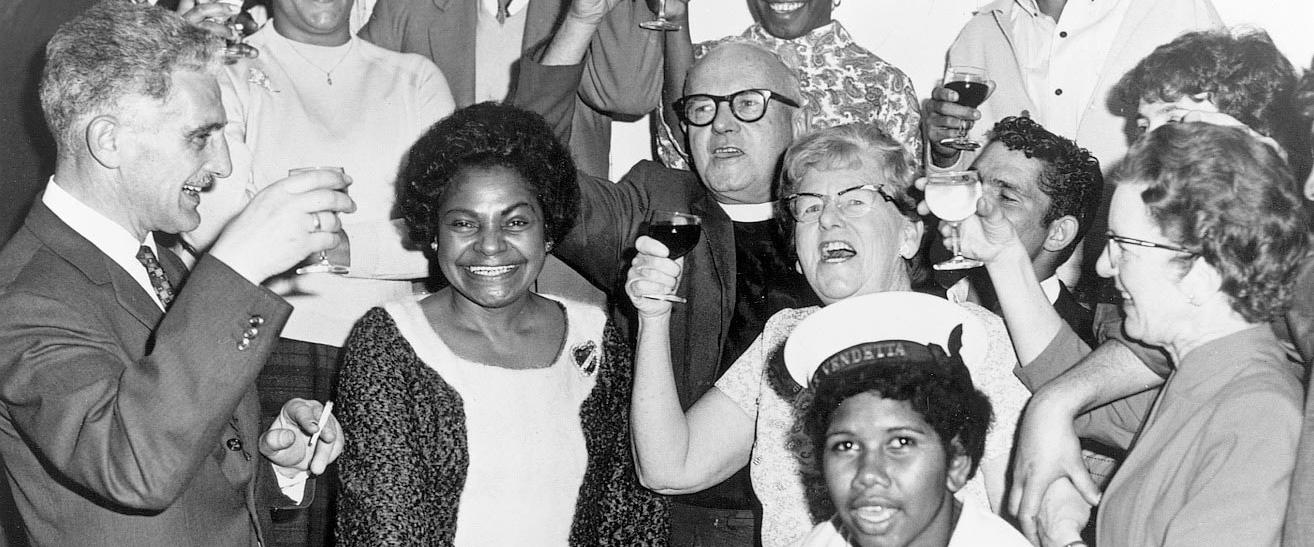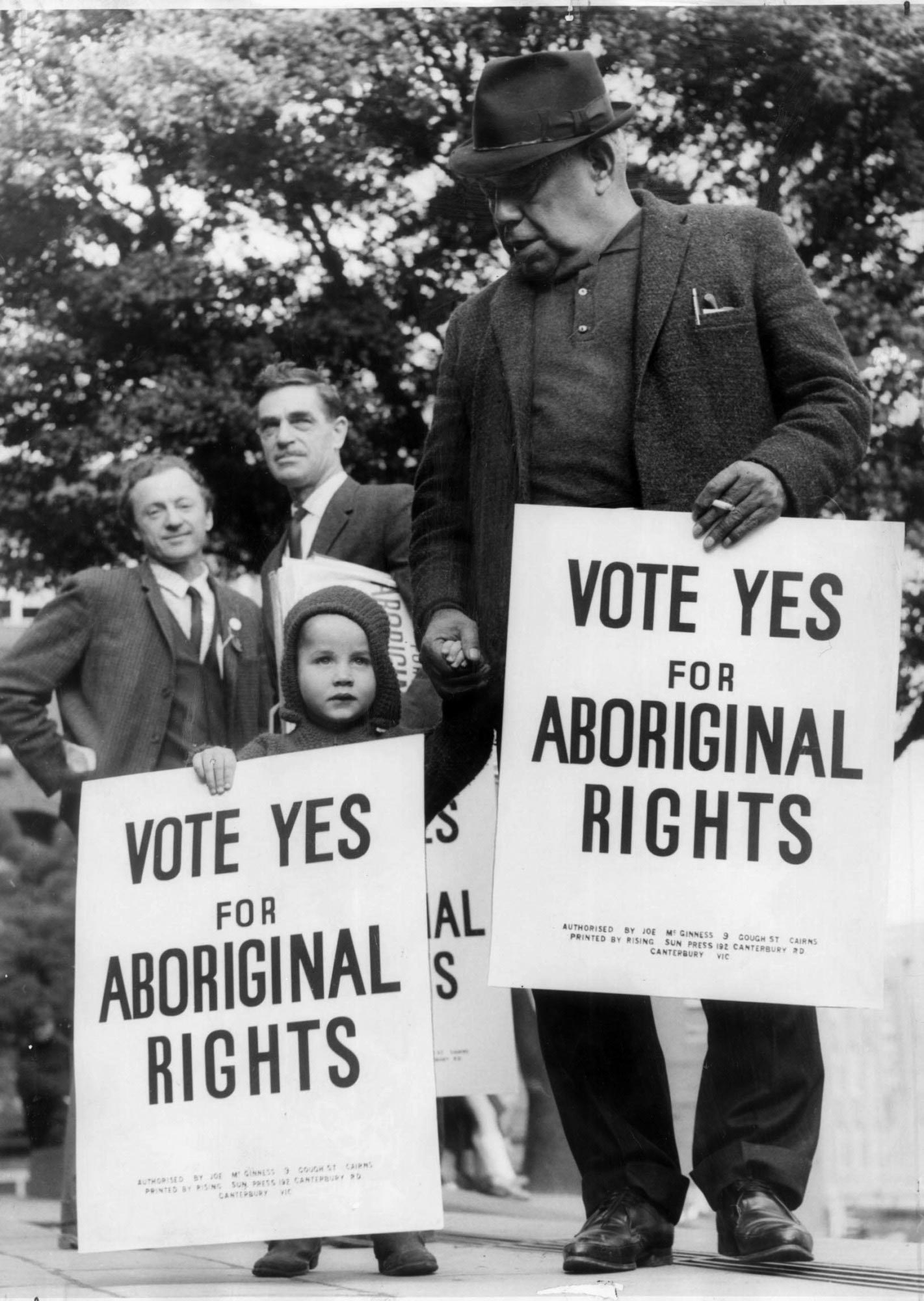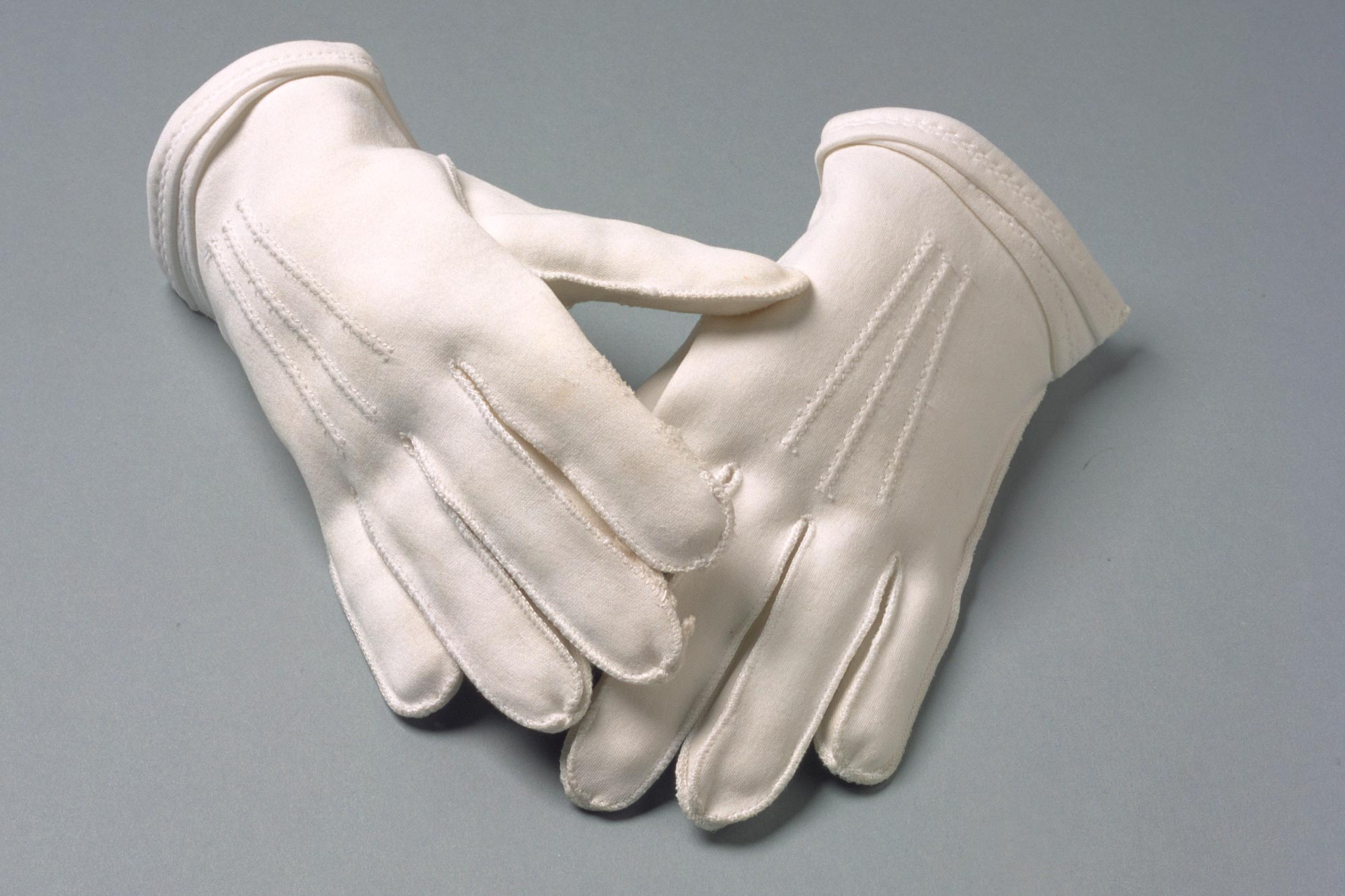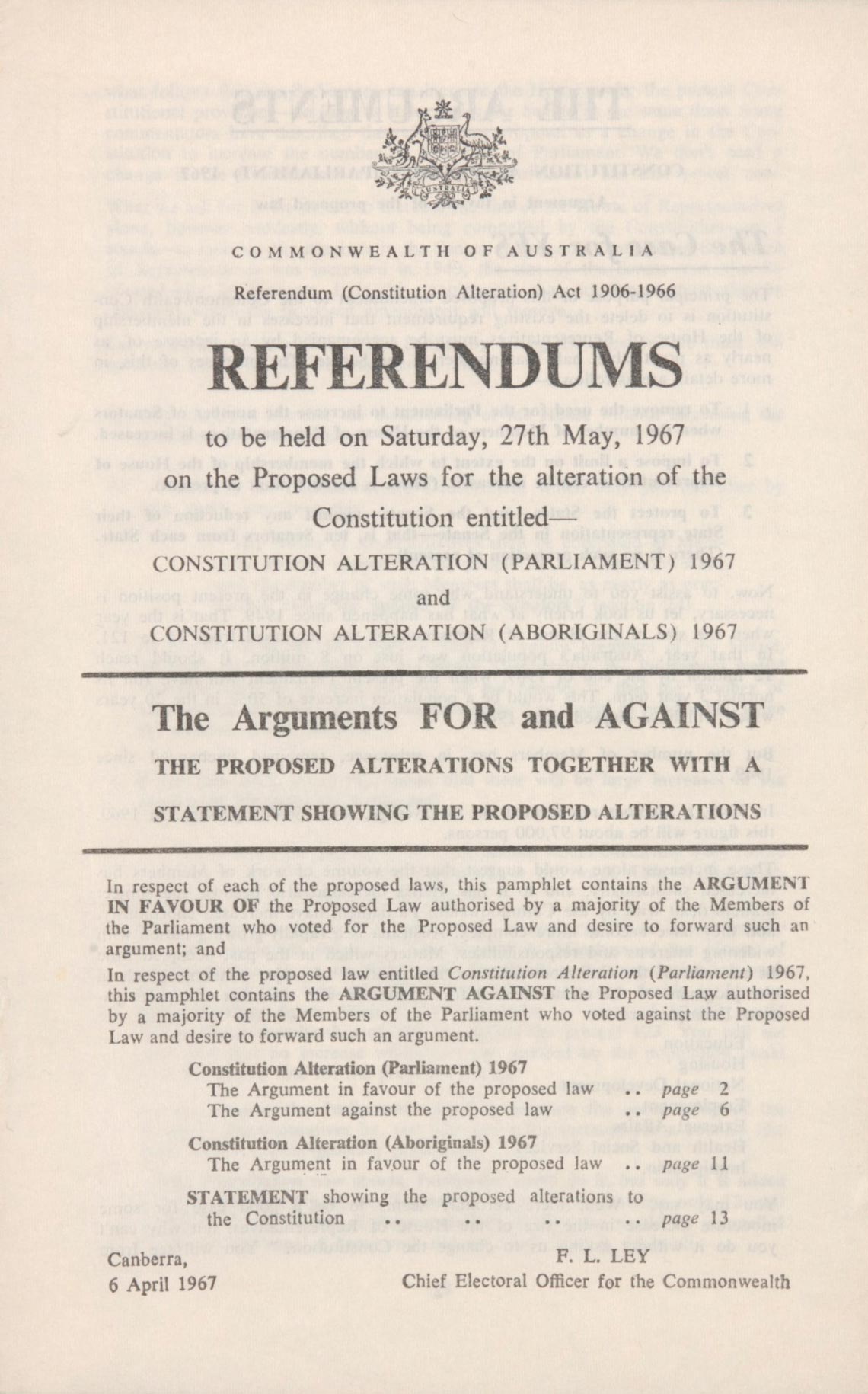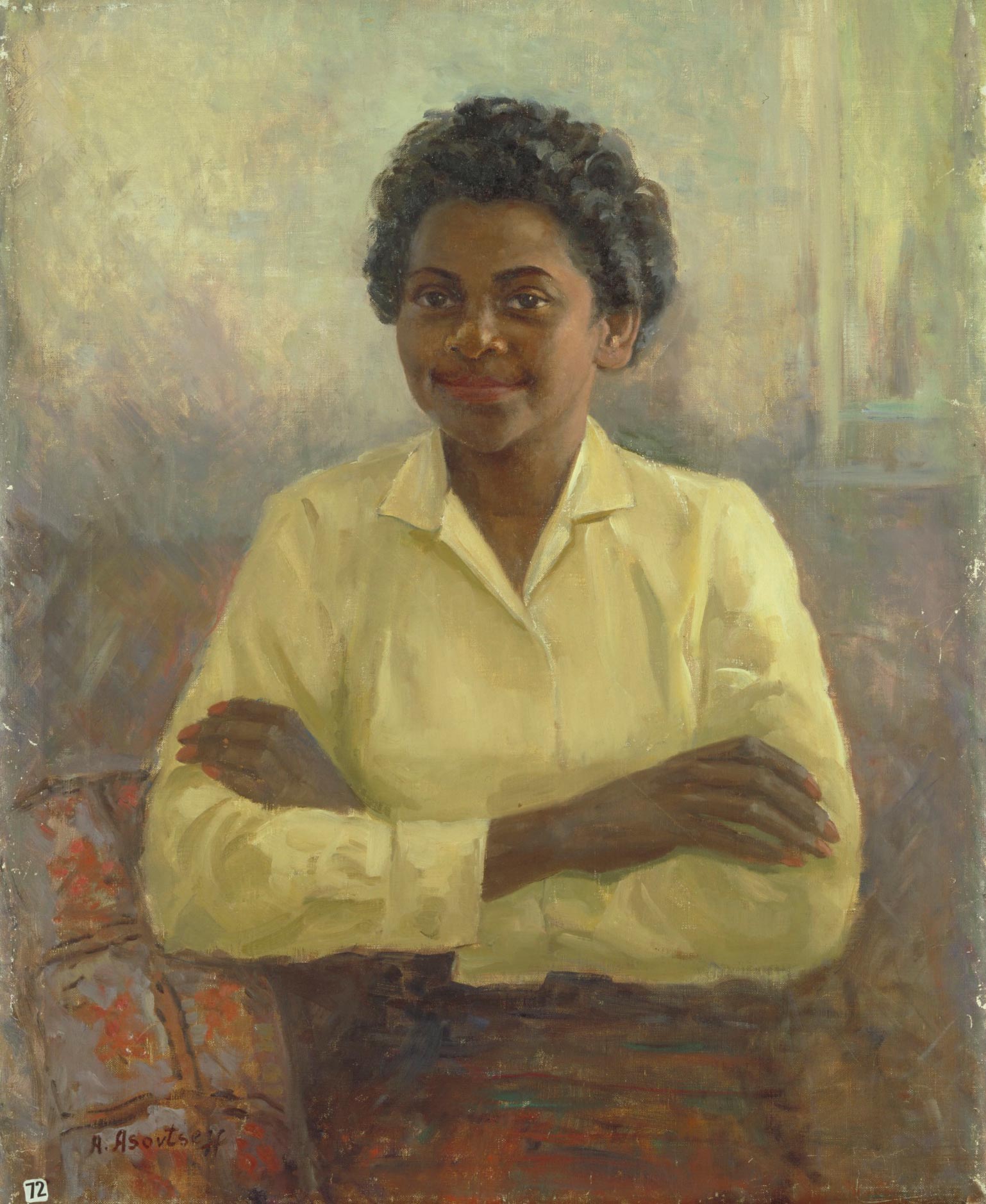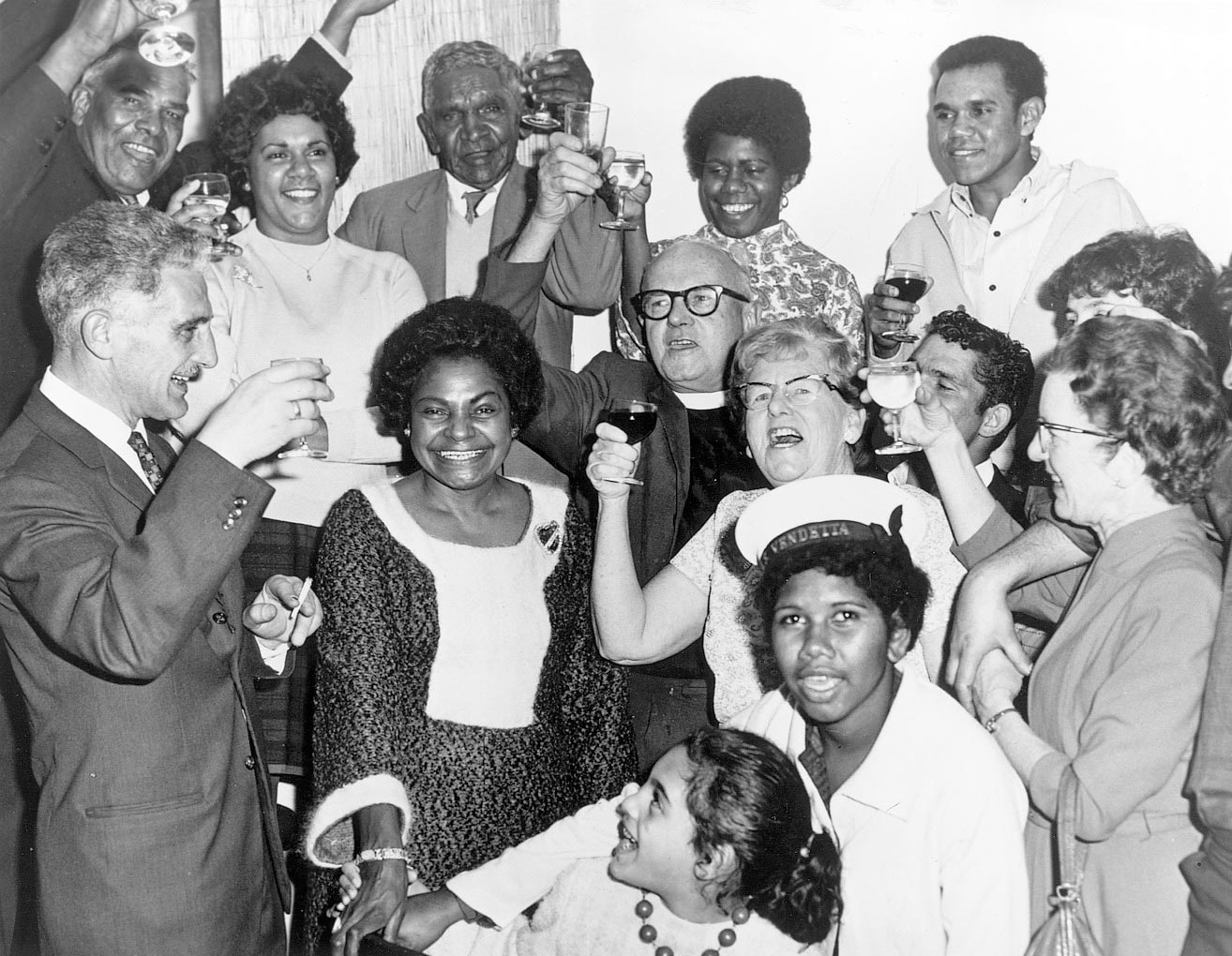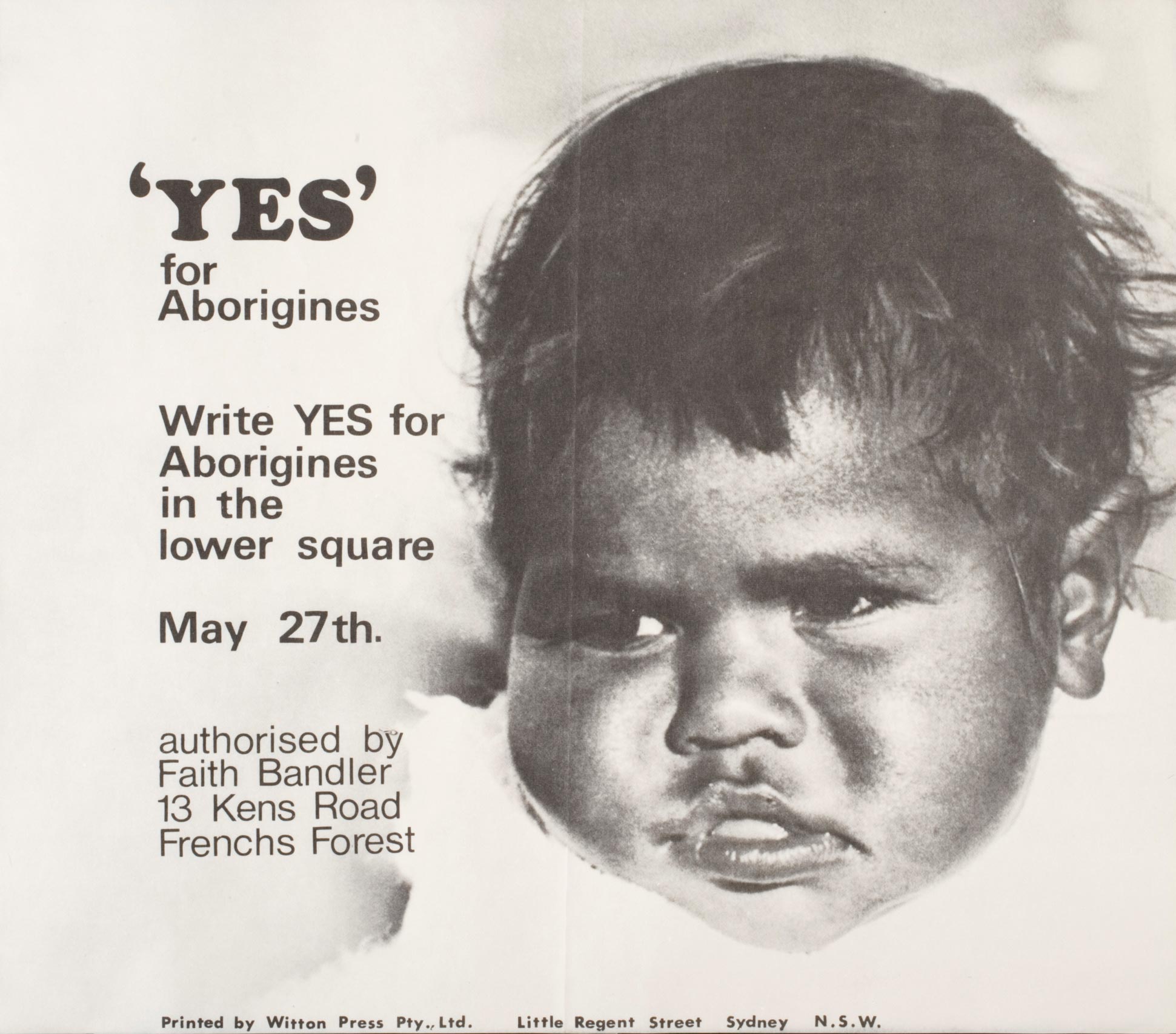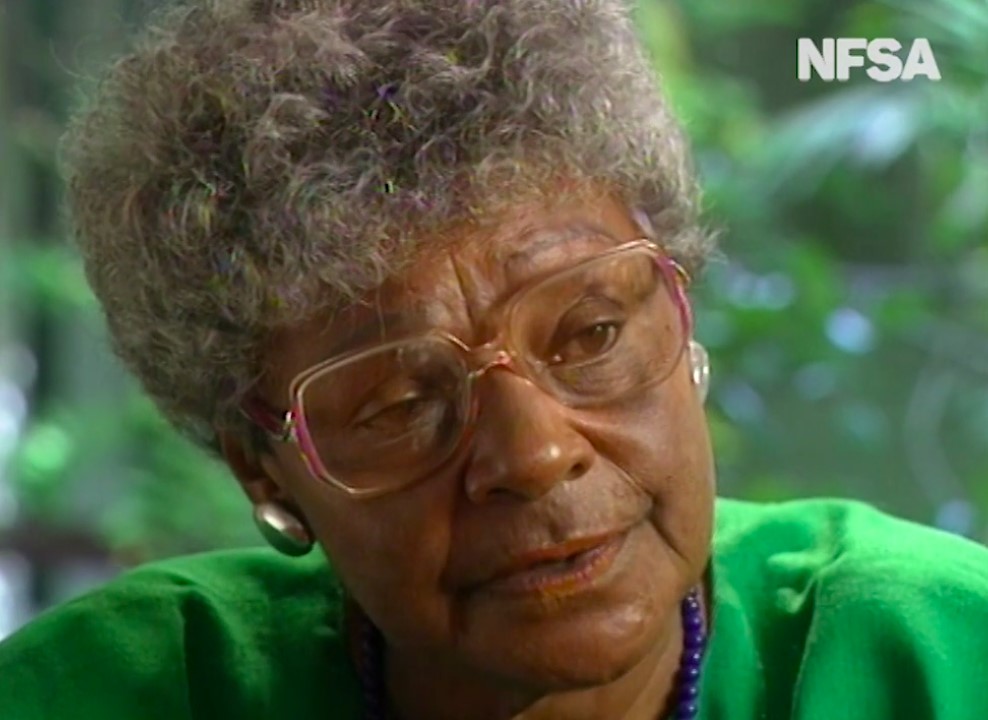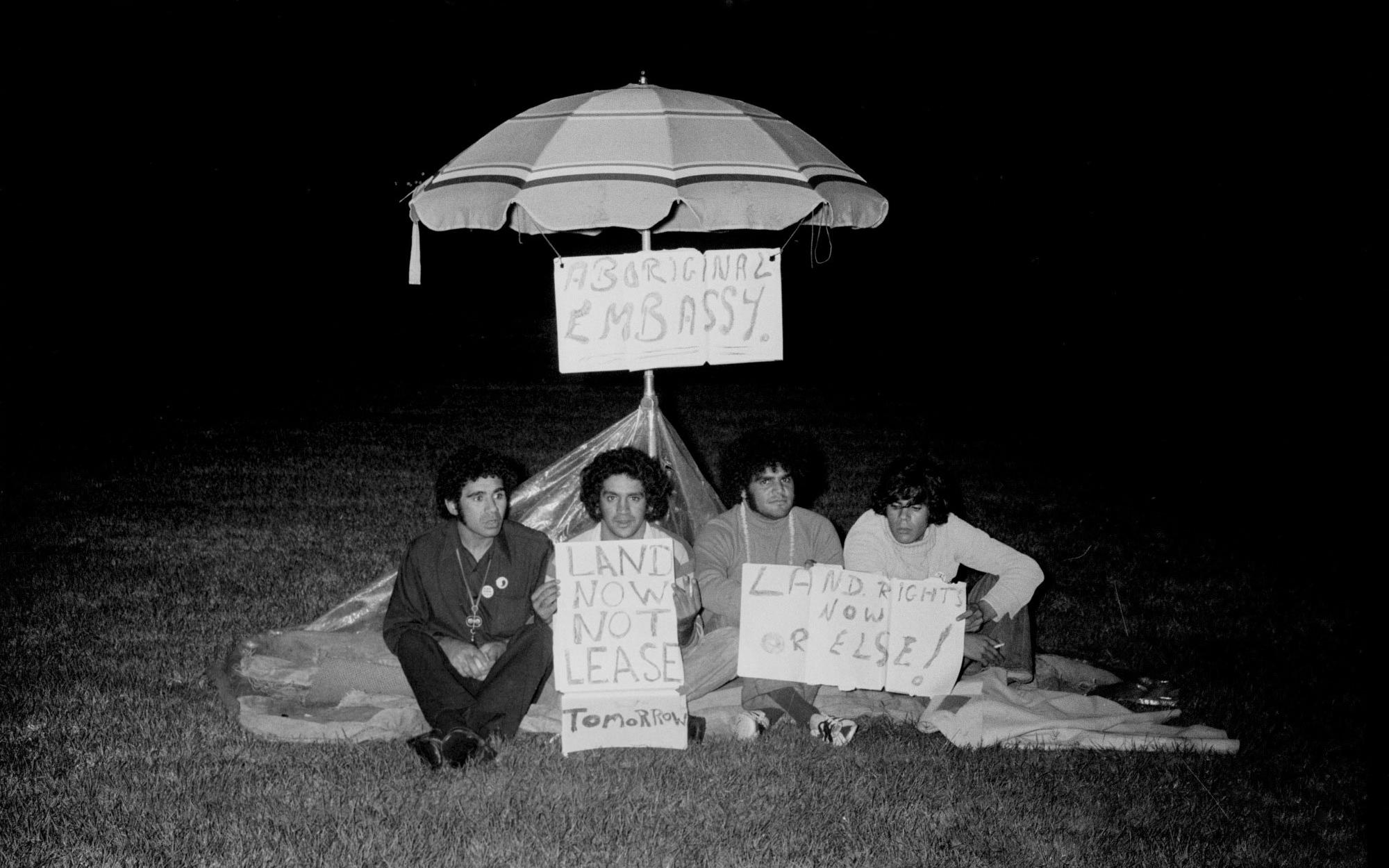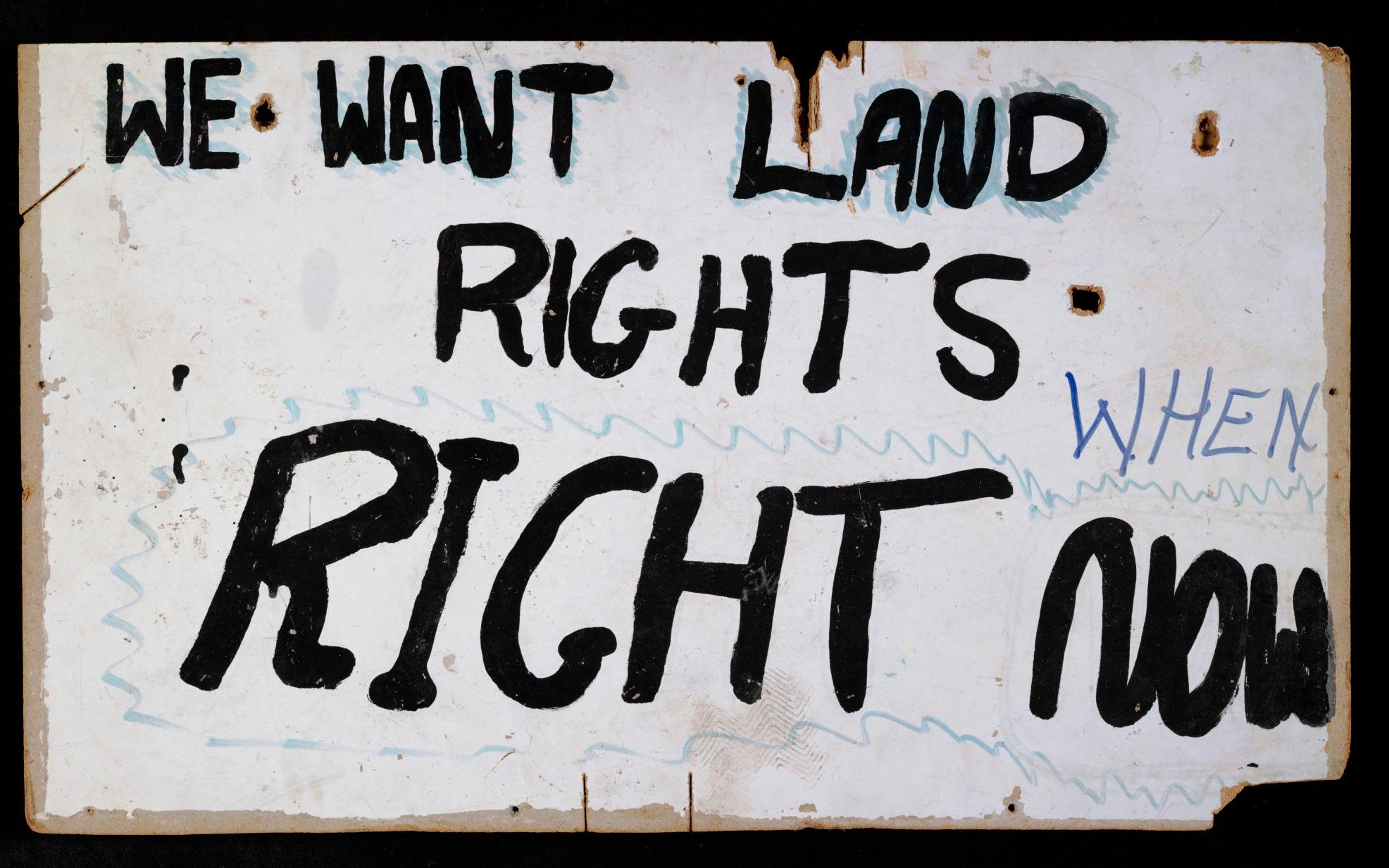A decade of activism succeeds
1967: Indigenous referendum
A decade of activism succeeds
1967: Indigenous referendum
In a snapshot
In May 1967, after 10 years of campaigning, a referendum on the recognition of Aboriginal and Torres Strait Islander people in the Australian Constitution was held. The vote focused public attention on the fact that First Nations people were treated as second-class citizens. Nearly 91 per cent of Australians voted to amend the Constitution. This change meant that Aboriginal and Torres Strait Islander people would be counted as part of the population and acknowledged as equal citizens, and that the Commonwealth would be able to make laws on their behalf.

 Can you find out?
Can you find out?
1. What happened to First Nations peoples after 1788 and how did the Australian Constitution reflect this?
2. What were the goals of the Federal Council for Aboriginal Advancement?
3. What happened on 27 May 1967?
How were First Nations peoples excluded from Australian law?
From 1788 Aboriginal people had their land and many of their human rights taken away from them by British colonists. By the end of the 1800s, when the colonies were federating, Aboriginal and Torres Strait Islander people were excluded from almost all aspects of white society.
The creators of the Australian Constitution paid little attention to First Nations peoples. The Constitution contained only two important references to Aboriginal and Torres Strait Islander people. Section 51 meant that the Australian Government had no power to make laws that specifically applied to Aboriginal people. Section 127 excluded Aboriginal people from being counted in the census.
After Federation the Commonwealth Franchise Act 1902 specifically excluded most First Nations people from voting.
Section 51. The Parliament shall, subject to this Constitution, have power to make laws for the peace, order, and good government of the Commonwealth with respect to:-
... (xxvi) The people of any race, other than the aboriginal people in any State, for whom it is necessary to make special laws.
What triggered the movement for change?
Australians became more aware of the poor treatment of Aboriginal and Torres Strait Islander people in 1956. A group of Yarnangu people were found sick and malnourished in the Warburton Ranges area of the Central Desert. Their health, homelands and traditional lifestyles had suffered from nuclear testing conducted by the British and Australian governments. The Australian public was outraged when they found out.
Research task
Do some research to find out what a petition is and how it can be used to create political change.
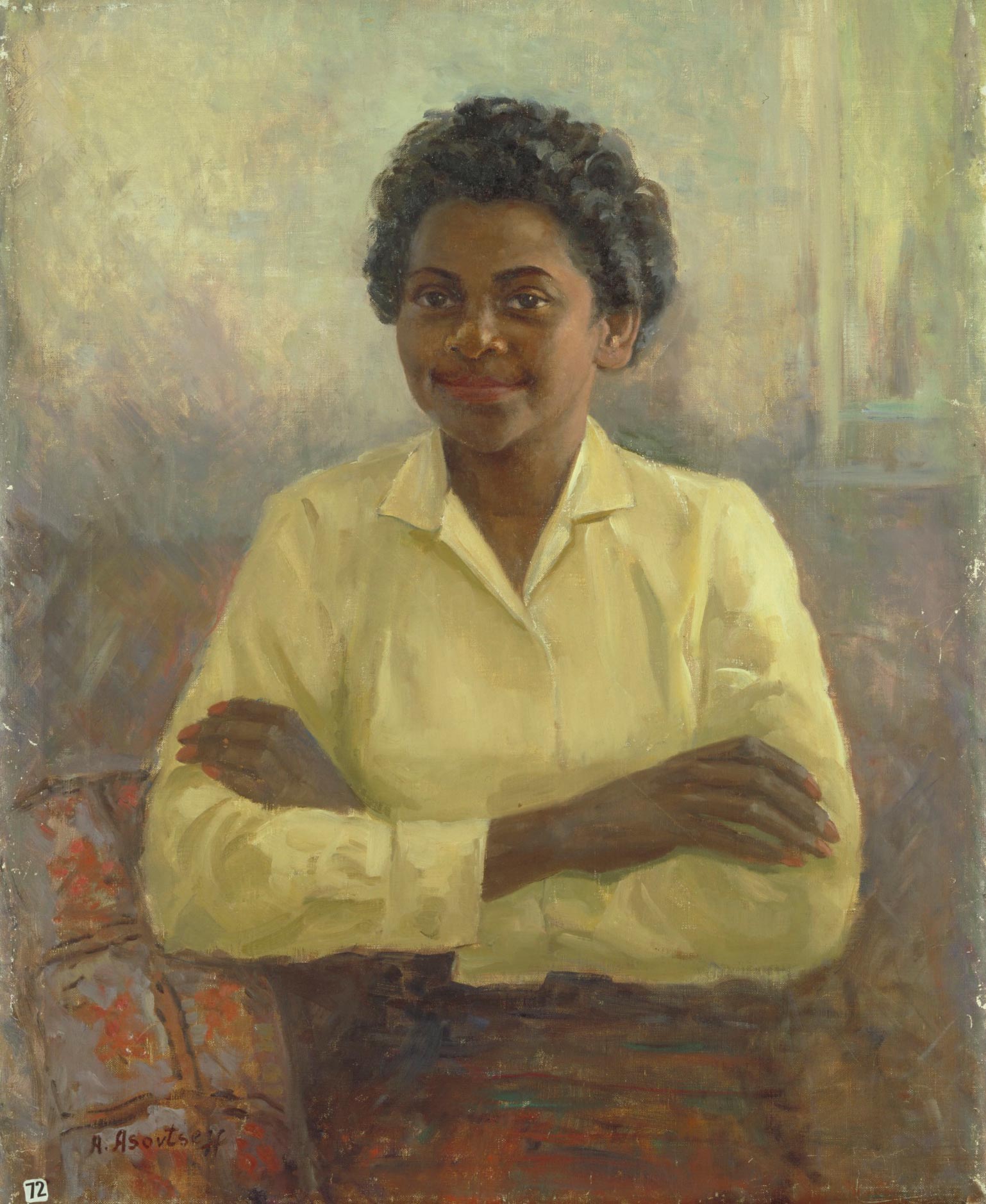
Organisations supportive of change took this opportunity to lobby the government. This led to the formation of the first national Indigenous pressure group, the Federal Council for Aboriginal Advancement (FCAA), in 1958. The FCAA had two main goals:
1. Remove all legislation which discriminated against Aboriginal people; and
2. Change the constitution to give the Australian Government the power to make laws for Aboriginal people.
In 1964 the FCAA recognised Torres Strait Islander people as a distinct group, and became the Federal Council for the Advancement of Aborigines and Torres Strait Islanders (FCAATSI). Faith Bandler was an important organiser for FCAATSI and became a leading activist for constitutional change.
Another well-known campaigner for First Nations rights in Australia was Kungarakan man Joe McGinness, who was president of FCAATSI from 1961 to 1977.
Section 127. In reckoning the numbers of the people of the Commonwealth, or of a State or other part of the Commonwealth, aboriginal natives shall not be counted.
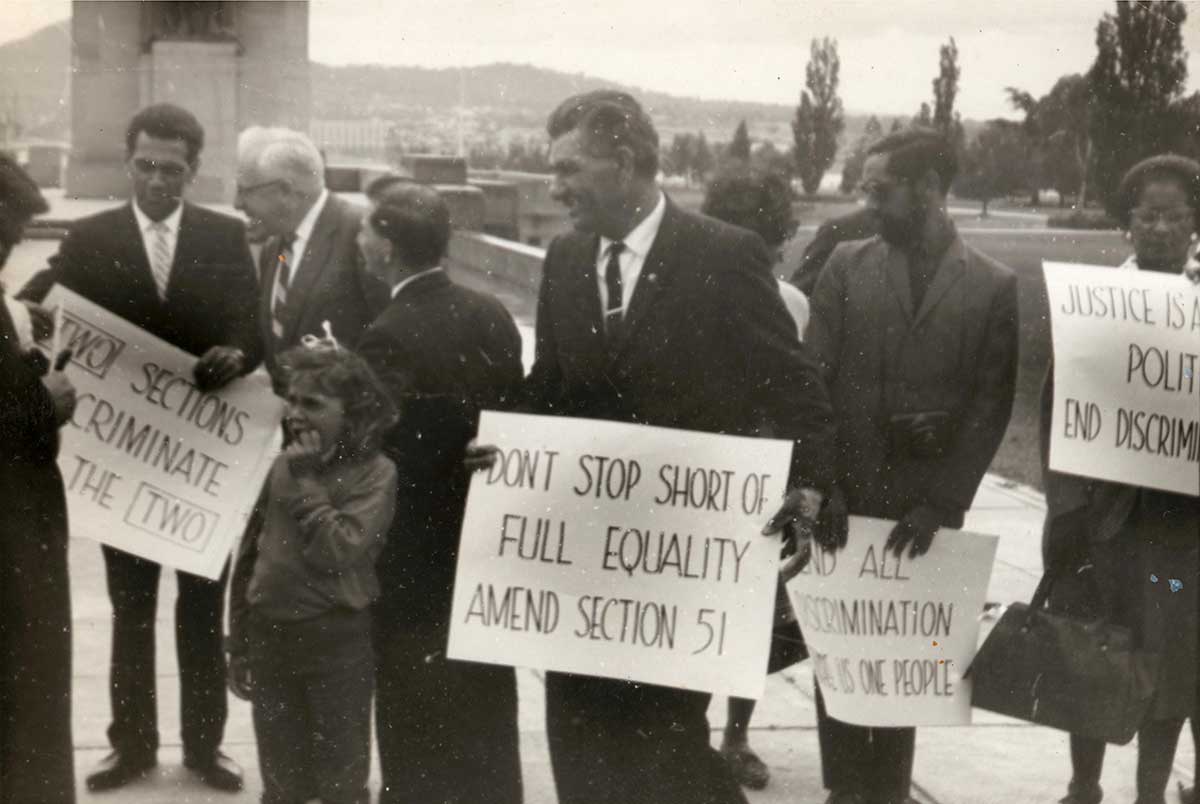
Why was the campaigning a success?
Any change to the Constitution of Australia must be approved by the Australian people through a referendum. So activists had to convince both politicians and the general public to support change.
Across the 1950s and 1960s activists organised petitions to gain public support for constitutional change. In February 1967 Attorney-General Nigel Bowen recommended that a referendum be held. Parliament agreed and a date was set: 27 May 1967.
FCAATSI took on the responsibility of campaigning for the ‘yes’ vote with support from unions, churches and the Labor Party.
On 27 May 1967 nearly 91 per cent of Australians voted ‘yes’ to change the Constitution. This was the most successful referendum campaign in Australia’s history.
Research task
Do some research to find out how nuclear testing affected Aboriginal people in the 1950s. Do you think this was an important factor that encouraged people to vote for constitutional change?
What happened after the referendum?
The Constitution was formally changed on 10 August 1967. Five months after the referendum Prime Minister Harold Holt announced the formation of the Council for Aboriginal Affairs and in 1968 the government passed an Act which provided funds for supporting Indigenous communities.
The 1967 referendum has iconic status in Australian history.
It was the first time the nation came together to show overwhelming support for Indigenous people, and the first time Aboriginal and Torres Strait Islander people were able to mobilise the non-Indigenous population to make that happen. It has also become a benchmark event in imagining how Australia can overcome discrimination against First Nations peoples.
However, as Joe McGinness cautioned supporters in 1967, ‘Winning the referendum is an important step forwards – but it is only a first step.'
Read a longer version of this Defining Moment on the National Museum of Australia’s website.
 What did you learn?
What did you learn?
1. What happened to First Nations peoples after 1788, and how did the Australian Constitution reflect this?
2. What were the goals of the Federal Council for Aboriginal Advancement?
3. What happened on 27 May 1967?






